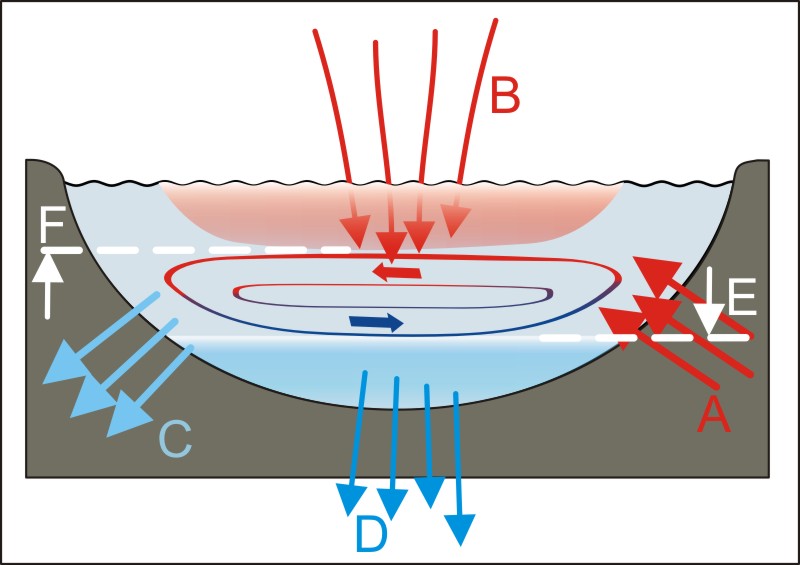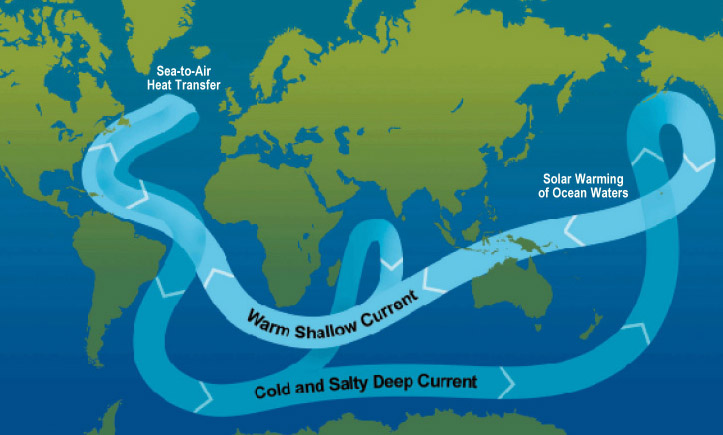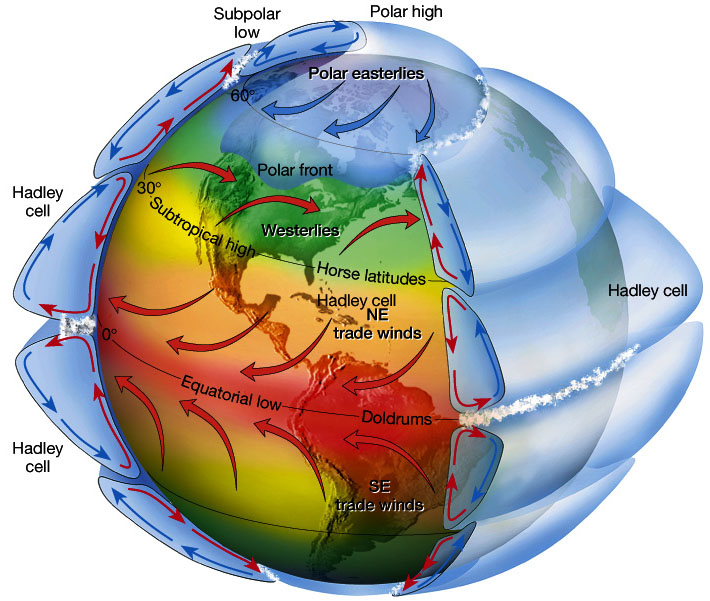5. The Fireworks balance sheet: Climate sensitivity of CO2, including clouds
So far we only spoke about the radiation mechanisms.
Of course we need to include clouds, albedo and so on.
In fact, that was what I actually started with, and that is how I found out that I needed a radiation simulation.
I put every significant climate aspect I knew in a spreadsheet, and made an energy balance of it in the way Kiehl/Trenberth did.
I did this by dividing the radiative spectrum in sections with a specific behaviour, and calculated the energy flow for each of them. Combined they seemed to give quite good results.
Once again the basis is very simple and easy to understand, and everybody can vary all parameters to create his own preferred atmosphere.
In this scheme you can see the output of the 25 layer model I experimented a lot with:

The hardest parameters to estimate were the radiative mechanisms that divide the absorbed IR energy in OLR and Ed. (more…)


